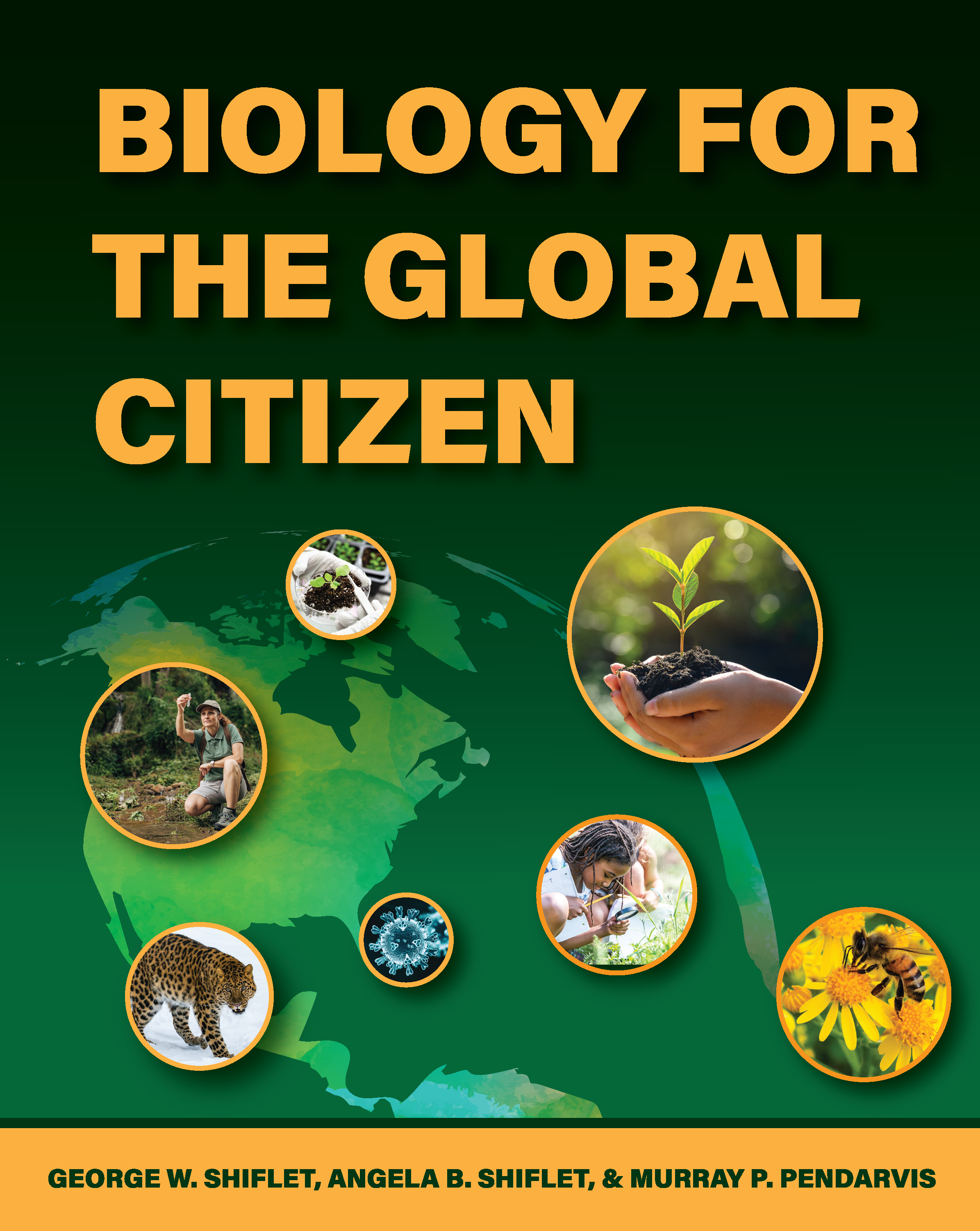Health and Medicine
- Cone Snails – Danger and Deception Wrapped in Beautiful Packages
- - Cone snails, which are predatory molluscs, employ three main hunting strategies using deadly toxins.
- Cone Snails – Venoms Have Unexpected Benefits
- - Scientists are examining components of cone shell venom to develop a faster acting form of insulin and drugs to relieve severe chronic pain.
- Hidden Health Concerns in Our Food and Water
- - Scientists are examining possible health risks of Bisphenol A (BPA), a synthetic organic chemical, long used in a variety of consumer goods.
- Plants That Sting
- - The chemistry of stinging plants from Australia has been analyzed, in part, to better understand pain stimulation and treatment, as well as feature evolution.
- Seeding Cartilage Growth
- - Scientists have stimulated skeletal stem cells to regrow cartilage in mice. Such work may lead to a safe and effective treatment for arthritis.
- Sickle Cell Disease – Relief at last?
- - What is CRISPR and how is it helping those with Sickle Cell Disease?
I. Preliminary Information Unit
- Are Linden Trees Killing Bumblebees?
- - Through observations and analysis, scientists have modified their hypotheses on factors leading to massive deaths of bumblebees under linden trees.
- Climate Models
- - Climate models help scientists analyze the impact of human activity on extreme weather events.
- Cone Snails – Chemical Hackers
- - Some cone snails can use as a hunting tool a chemical that mimics the pheromones of bristle worms to lure the worms out of seclusion.
- Cone Snails – Venoms Have Unexpected Benefits
- - Scientists are examining components of cone shell venom to develop a faster acting form of insulin and drugs to relieve severe chronic pain.
- Electric Bacteria
- - The presence of the cable bacteria can reduce methane release in flooded rice fields by over 90%. Could this be a significant weapon to reduce methane emissions into the atmosphere?
- Hidden Health Concerns in Our Food and Water
- - Scientists are examining possible health risks of Bisphenol A (BPA), a synthetic organic chemical, long used in a variety of consumer goods.
- Plants That Sting
- - The chemistry of stinging plants from Australia has been analyzed, in part, to better understand pain stimulation and treatment, as well as feature evolution.
II. Cells: Basic to Life Unit
- Are Linden Trees Killing Bumblebees?
- - Through observations and analysis, scientists have modified their hypotheses on factors leading to massive deaths of bumblebees under linden trees.
- Seeding Cartilage Growth
- - Scientists have stimulated skeletal stem cells to regrow cartilage in mice. Such work may lead to a safe and effective treatment for arthritis.
III. Genetics/Genome Unit
- Spreading the Wealth – Barn Owl Chicks
- - The behavior of barn owl chicks is discussed in times of ample and insufficient food.
- Sickle Cell Disease – Relief at last?
- - What is CRISPR and how is it helping those with Sickle Cell Disease?
- Stuck on You: Finding Love in the Dark and Deep
- - The male of a certain deep-sea anglerfish actually becomes a parasite to its mate. What is different about their immune systems to allow such fusion?
IV. Evolution/Natural Selection Unit
- Spreading the Wealth – Barn Owl Chicks
- - The behavior of barn owl chicks is discussed in times of ample and insufficient food.
- Cone Snails – Danger and Deception Wrapped in Beautiful Packages
- - Cone snails, which are predatory molluscs, employ three main hunting strategies using deadly toxins.
- Cone Snails – Chemical Hackers
- - Some cone snails can use as a hunting tool a chemical that mimics the pheromones of bristle worms to lure the worms out of seclusion.
- Cone Snails – Venoms Have Unexpected Benefits
- - Scientists are examining components of cone shell venom to develop a faster acting form of insulin and drugs to relieve severe chronic pain.
- Electric Bacteria
- - The presence of the cable bacteria can reduce methane release in flooded rice fields by over 90%. Could this be a significant weapon to reduce methane emissions into the atmosphere?
- Plants That Sting
- - The chemistry of stinging plants from Australia has been analyzed, in part, to better understand pain stimulation and treatment, as well as feature evolution.
- Toxic Relations
- - The primate slow loris is actually venomous. Scientists have been studying the evolution of the animal's behavior involving its damaging venom.
- Stuck on You: Finding Love in the Dark and Deep
- - The male of a certain deep-sea anglerfish actually becomes a parasite to its mate. What is different about their immune systems to allow such fusion?
V. Ecology and Environment Unit
- Climate Models
- - Climate models help scientists analyze the impact of human activity on extreme weather events.
- Cone Snails – Danger and Deception Wrapped in Beautiful Packages
- - Cone snails, which are predatory molluscs, employ three main hunting strategies using deadly toxins.
- Electric Bacteria
- - The presence of the cable bacteria can reduce methane release in flooded rice fields by over 90%. Could this be a significant weapon to reduce methane emissions into the atmosphere?
- Hidden Health Concerns in Our Food and Water
- - Scientists are examining possible health risks of Bisphenol A (BPA), a synthetic organic chemical, long used in a variety of consumer goods.
- Spreading the Wealth – Barn Owl Chicks
- - The behavior of barn owl chicks is discussed in times of ample and insufficient food.
- Stuck on You: Finding Love in the Dark and Deep
- - The male of a certain deep-sea anglerfish actually becomes a parasite to its mate. What is different about their immune systems to allow such fusion?

